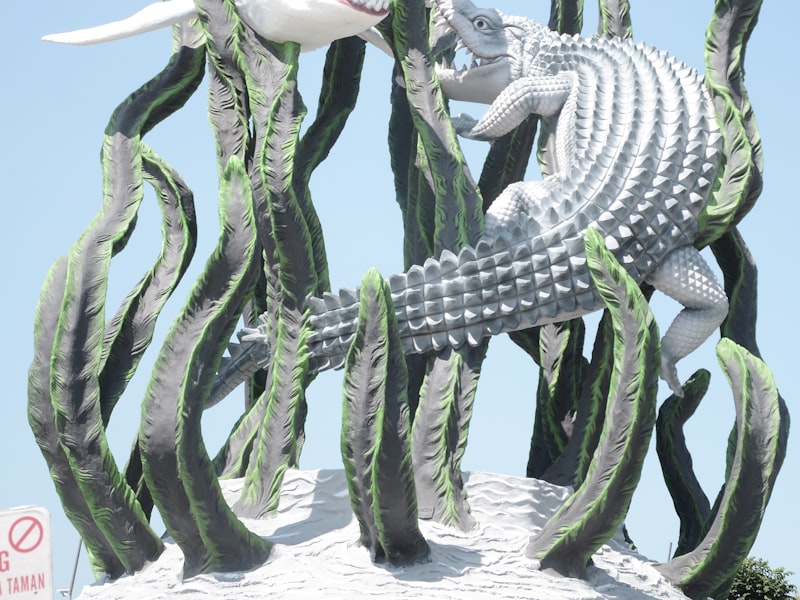The Impact Of Cold Working Machines Has Been Observed To Alter The Mechanical Properties Of Metals


The Mechanical Properties Of Metals Play a Vital Role In Identifying Their Suitability For Various Purposes. Cold working machinery is widely utilized by the metalworking industry for manipulating the structure and characteristics, particularly for riveting and riveting. However, how can these devices influence the mechanics and strength characteristics associated with metal products? Straightening machine will focus mainly upon the cold working effect that cold working can have upon metal.
Section 1, introduction, describes the concept of cold working and its applications using working machines.
Cold working is the procedure for deforming a material that has reached its recrystallization temperature. The cold working process involves using cold working machinery, including a rolling mill, drawing machine, or forge machine. These machines apply pressure to the metallic material, resulting in its changing shape or size. The degree to which this deformity occurs impacts the strength, ductility, as well as toughness associated with the material.
Section2: Effect of cold working- On Metal Property.
During cold working, a material's grain structures become finer, causing dislocation effects. Consequently, the material becomes significantly stronger while also becoming harder. The intermediate level or degree to which cold working is performed can also affect the metal's ductility. The greater the deformation, the greater the ductility decreases, causing the material to become softer and kinder towards cracks. The toughening level for the material also decreases when cold working is increased. Nevertheless, there exists a maximum amount of cold working that a material can endure before it deteriorates significantly, causing it to become brittle, causing potential failure.
Section 2: Factor factors that affect cold working processes.
The cold working that a material can endure is impacted due to several variables, such as its makeup, the initiator state, or the types of material used. Diverse metal materials need differing amounts and types of cold working to produce the desired property. To get the desired strength, alloy materials that exhibit higher work hardener requirements need to undergo more cold working than those that exhibit lower hardening.
The cold working process's outcomes are also affected by the starting state and condition. Metal that has already been work-hardened may be compelled to deflect more strongly compared to those which have not been. The cold working machine type employed affects the cold working that entails for a given metal. Specifically, working with drawn materials enables higher deformation compared to using roll milling. This results in a finer grain shape.
Section 4 The benefits of using cold working machines.
Regardless of the difficulties that come along, cold working offers many advantages for the metalworking industry. Cold working strengthens the weldability, resulting in greater durability which is highly resistant to damage. They help to maintain the quality level for metal surfaces by improving their surface finishes along with ensuring more precise metering. Ultimately, aswaging machine can be utilized as an effective means for preparing metal compared with other advanced methods that may be highly skilled or prohibitively priced.
Conclusion:
Cold working machinery is essential for the metalworking industry, allowing for tailoring the physical characteristics that metal materials have. The degree cold affects a variety of things but particularly affects strength, ductility, or toughness. Factors influencing cold working may include metal content, cold working in the initial state, or cold working machine types. Kundli Wang, Director, Doesad Research.
Despite the limitations of cold working that may result in brittleness or susceptibility toward failure, the potential rewards, notably increased stability along side greater sensitivity, outweight the associated risk.
